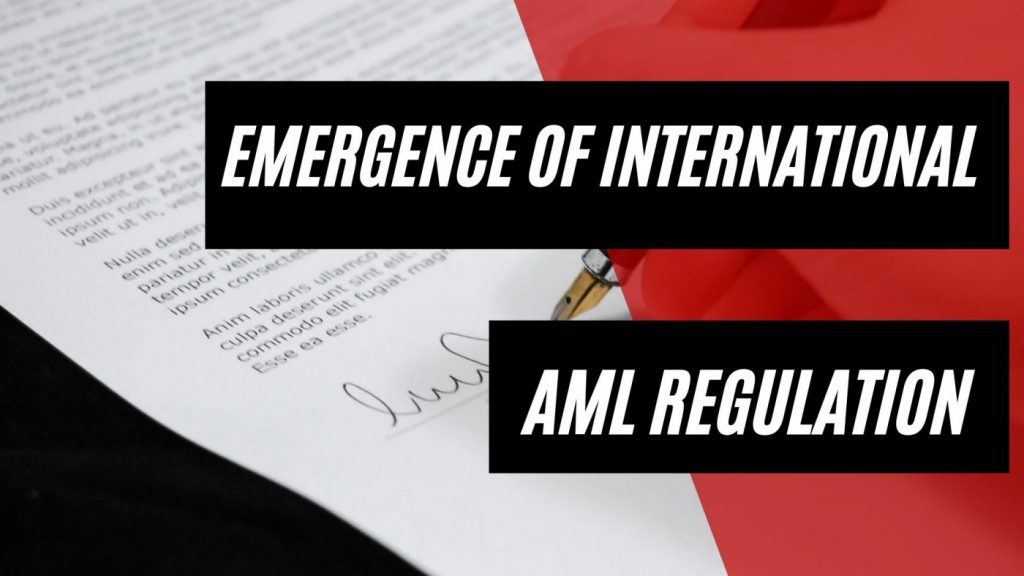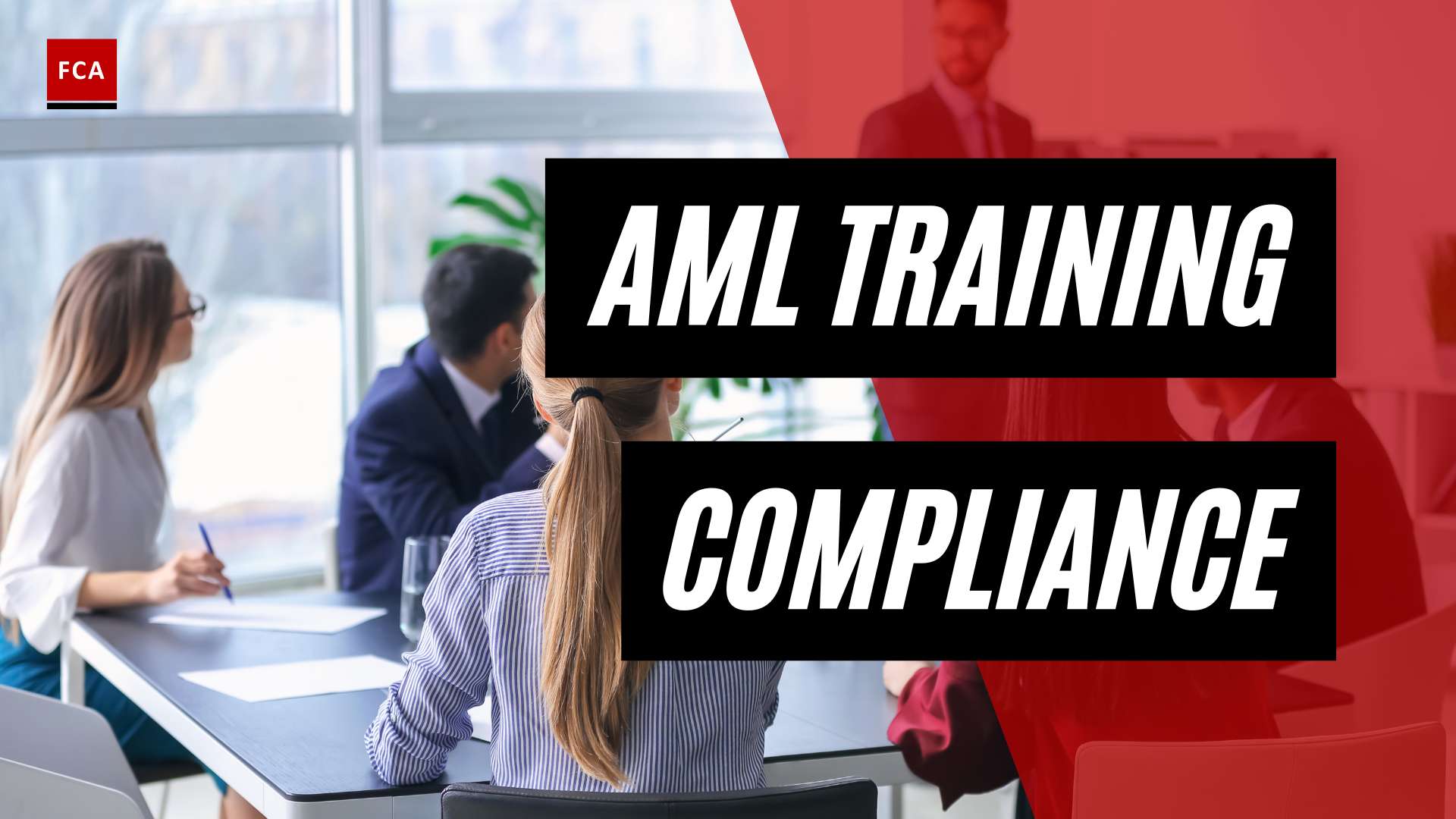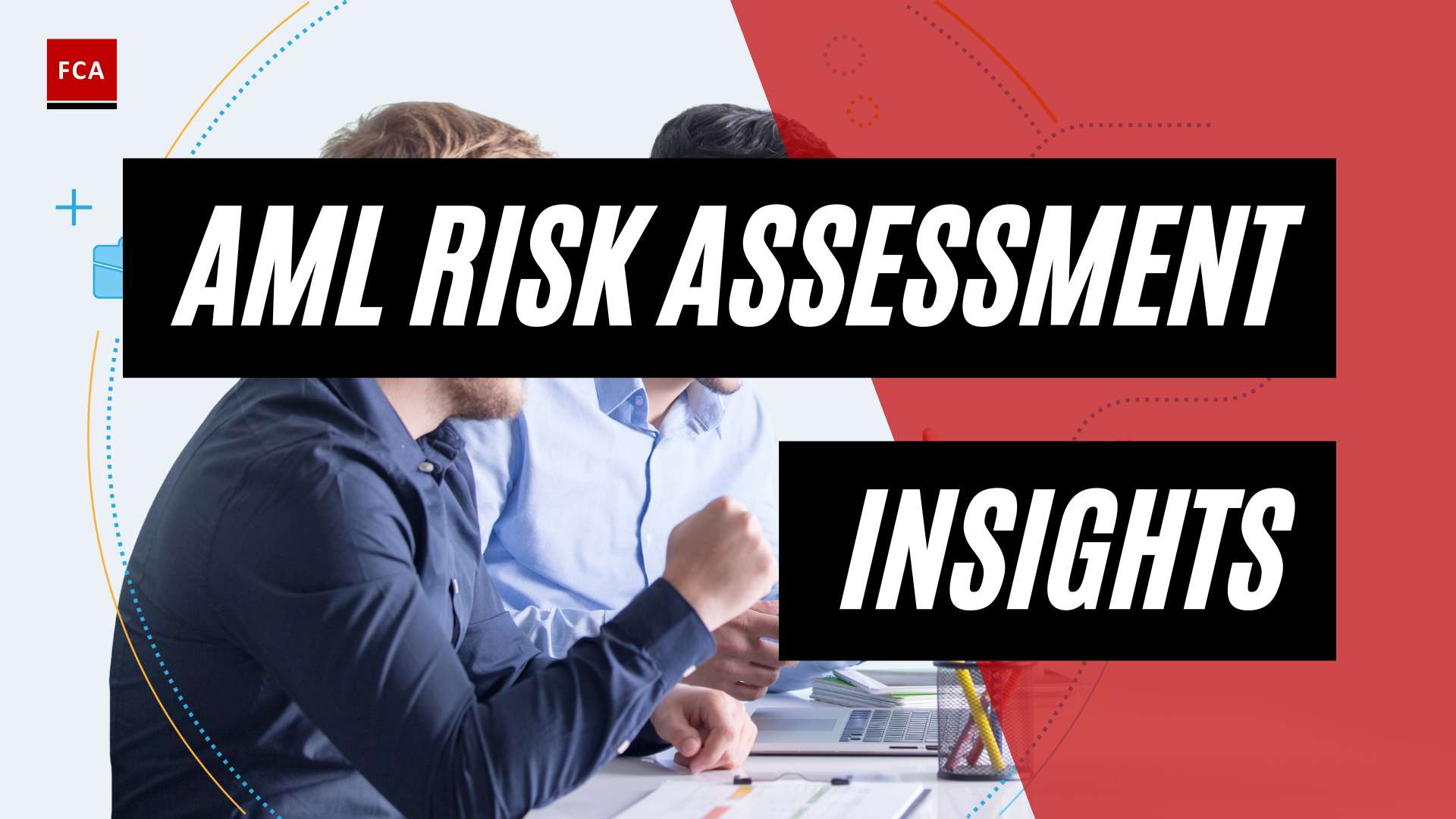Table of Contents
The last 50 years and the emergence of international AML regulation is really just the story of transitional crime.
Money Laundering And The Drug Cartels In The 1980s
In the early 1980’s, when Carlos Lehder, Pablo Escobar and the Ochoa brothers began their massive distribution of cocaine and formed the Medellin cartel, they could not imagine the sheer quantity of US dollars they would end up making.
In the early days of the cocaine business, some of the cash was flown back down to Colombia in the same airplanes that were flying in cocaine. This cash was converted into pesos at willing Colombian banks or kept on hand for operating costs.
Soon, traffickers began preferring bank accounts over keeping everything in cash. So in the early 1980s, they began carting huge amounts of cash into US banks. Back then, it was allegedly not only possible to deposit boxes of money inside a bank, but the banks would have rooms set up with counting machines and even employees to help the drug dealers set up their accounts.
The First Piece Of Groundbreaking AML Regulation
It was only in 1986 with the Money Laundering Control Act that banks considered it more seriously and became stricter about money laundering laws. This law declared money laundering as a crime in its own right and made structuring to avoid currency reporting a criminal offense.
Then, In 1988, the United Nations signed a treaty following the political and sociological developments in the 1970s and 1980s. The growing international demand for cannabis, cocaine, and heroin triggered an increase of illicit production in geographical areas around the world.
With the rising size of the illicit drug trade, international drug trafficking became a multibillion-dollar business dominated by criminal groups, providing grounds for the creation of a Convention and the consequential escalation of the war on drugs. This United Nations Convention Against Illicit Traffic in Narcotic Drugs and Psychotropic Substances of 1988 is one of three major drug control treaties currently in force. This was also the date of birth of everything that was to come in terms of international AML regulation.

In the following year, in 1989, the Financial Action Task Force or FATF, was formed by the G7 Summit in Paris to combat the growing problem of money laundering. The task force was charged with studying money laundering trends, monitoring activities taken at the national and international level, reporting on compliance, and issuing recommendations and standards to combat money laundering.
Everything onward from here is mostly based on a national level or on the level of a bigger jurisdictional area like the European Union.








